
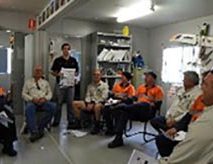
Bees on the move With the recent rainfall in North Queensland, there has been a notable increase in bee activity and swarms. The National Varroa Mite Eradication Progam is calling on beekeepers and members of the public in the Townsville area to report new bee swarms and feral nests so that they can be examined […] Read more
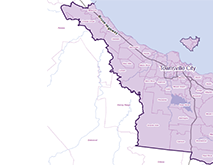
Biosecurity Queensland is conducting surveillance and control activities to detect and destroy Asian honey bees and eradicate varroa mites. To stop the spread of varroa mites, a Prevention and Control Program is now in place for the Townsville City Council local government area. The Prevention and Control Program imposes obligations on an occupier of a […] Read more
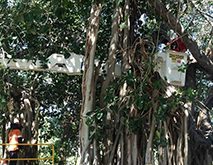
The campaign to rid Townsville of varroa mites is now being funded nationally, with a dedicated locally-based varroa mite eradication team being established in Townsville. Minister for Agriculture and Fisheries and Minister for Rural Economic Development Bill Byrne said the establishment of the National Varroa Mite Eradication Program would ensure a continuing long-term effort to […] Read more
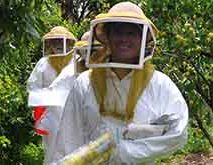
The secret to being a good beekeeper Currently Australia is free of many serious honey bee pests that damage the health of European honey bees overseas. According to Alison Saunders, National Manager for Horticultural Cropping at Plant Health Australia, exotic pests such as varroa, tropilaelaps or tracheal mites are a constant threat. “As bad as […] Read more

Another Asian honey bee nest has been found in the Hyde Park area of Townsville, but there were no varroa mites on the bees or in the nest. Biosecurity Queensland Varroa Mite Response Coordinator Dr Ashley Bunce said this latest nest was located in the eaves of a house that backed on to the property […] Read more
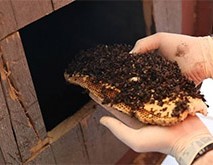
A wine barrel used as a table on a Hyde Park family’s verandah has been revealed as the latest home for Asian honey bees in Townsville. Biosecurity Queensland officers working on the Varroa mite eradication response were alerted by the home owner last week, after she noticed bees entering a small hole at the side […] Read more
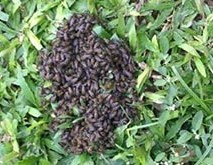
Biosecurity Queensland has not found any varroa mites on a new swarm of Asian honey bees which were collected at Hyde Park on Friday. Dr Ashley Bunce, Director, Varroa Mite Response said this detection came about thanks to a call from a member of the public. “It’s great that the Townsville community is being so […] Read more
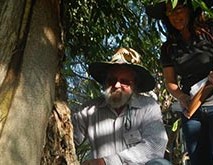
A small army of bee hunters has taken to the streets of Townsville searching for any signs of Asian honey bees, the hosts of the parasitic varroa mite. Varroa Mite Response director Ashley Bunce said Biosecurity Queensland was leading the eradication effort with support from industry following the discovery of varroa mites in a nest […] Read more
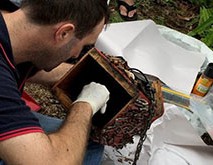
Laboratory examinations of an Asian honey bee hive found at Annandale this week have confirmed the presence of varroa mites. Biosecurity Queensland’s Dr Ashley Bunce, Director, Varroa Mite Response, said initial examinations found no mites on the bees, but a single mite had today been identified within the comb taken from the hive. “The hive […] Read more
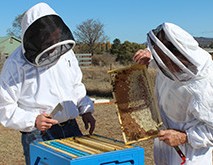
Alan Wade was the first President of the Beekeeper’s Association of the ACT. He helped establish the club about 40 years ago, but the number of members has grown enormously in the last few years, because it’s become fashionable to keep bees. Alan says that honey bee biosecurity is all about bee condition. “You need […] Read more
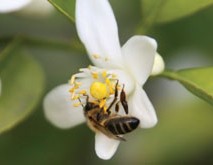
A smart phone application to help beekeepers identify pests in their hives is part of a suite of digital tools being developed to improve the biosecurity capability of the industry. The project will also see a review and re-design of the BeeAware website, an online biosecurity training course, and an annual survey of beekeepers conducted […] Read more
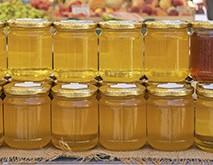
Preliminary results from a massive five-year research project show that some types of Australian honey promise to be every bit as good as New Zealand’s manuka honey, when it comes to fighting bacteria. Scientists involved in the study are calling on beekeepers from every corner of the country to continue providing honey samples from bees […] Read more
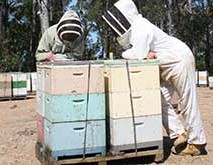
Beekeepers in NSW now have an advisor on hand to help them keep their hives free from pests and diseases. Hayley Pragert has started work in the new role of Bee Biosecurity Officer as part of a joint industry–government initiative to look after Australia’s honey bees. Alison Saunders, Horticultural Cropping Manager at Plant Health Australia […] Read more
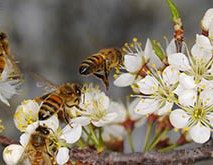
Australia’s honey bees are some of the healthiest in the world, free from many pests and diseases found elsewhere. To help keep it that way, the manual that provides biosecurity advice to beekeepers has been updated and is now available. Over recent years the number of people taking up beekeeping has increased markedly in both […] Read more
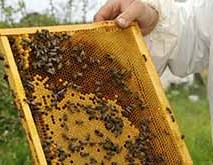
Australia’s first national survey of honey bee viruses has found we have one of the healthiest honey bee (Apis mellifera) populations in the world – a key step in re-establishing and maintaining export markets for breeding stock. The last survey was conducted almost 30 years ago and only in eastern Australia, and the significant gaps […] Read more

Over recent years the number of beekeepers in Australia has increased markedly in both urban and regional areas. They now have access to a wealth of information about keeping bees and honey bee biosecurity with the release of the book the Australian Beekeeping Guide. This book was previously published under the title Beekeeping in 1991. […] Read more
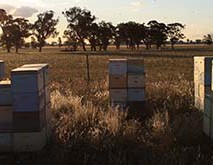
Sneaking into Australia through northern ports just got harder for exotic bees and pests, with the installation of a network of 20 hives monitored by mobile phone cameras and sensors. The hives have been deployed as part of a national trial by the National Bee Pest Surveillance Program (NBPSP) in Brisbane, Gladstone, Weipa and Darwin […] Read more
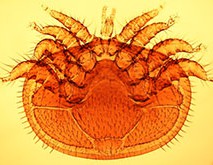
Varroa jacobsoni is a parasitic mite that has emerged as a serious pest of European honeybees (Apis mellifera) following a recent jump from its natural host, the Asian honeybee (Apis cerana). A recent report by CSIRO has shown for the first time this mite reproducing on European honey bees. Read more